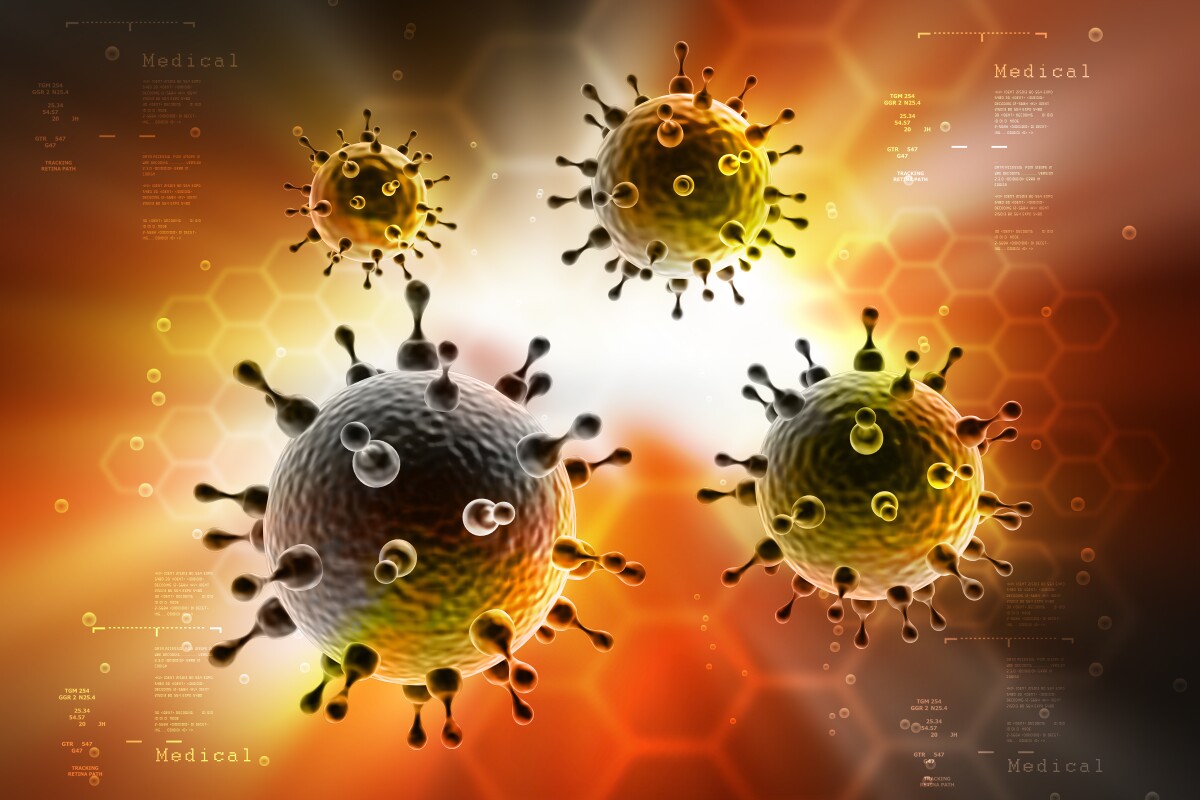This is promising as it tackles visible cancers which can be easily targeted. The right type of immune reaction must impact adjacent cancers in quite the same way healthy tissue can be impacted. After all toxins are been produced.
Actually invading the cancer with a faux infection should rev up the overall immune system and suppress the target as is reported once here.
It wouod be worthwhile testing multiple agencies while we do this.
injecting dead bacteria into tumors points to promising cancer treatment
By Rich Haridy
September 28, 2021
The therapy is inspired by a century-old idea of using bacteria to help direct the body to better attack and kill cancer cells
VIEW 1 IMAGES
https://newatlas.com/science/cancer-immunotherapy-dead-bacteria-tumors/
Researchers have rediscovered a century-old cancer treatment, injecting dead bacteria into tumors to help the immune system target and kill the cancerous cells. Preclinical tests and early human trials indicate the treatment is safe and potentially effective.
In the late 19th century a scientist by the name of William Coley suspected an unusual relationship between bacterial infection and cancer remission. Coley began experimenting with different bacterial formulations to treat cancer.
These formulations became known as "Coley’s toxins" and Coley inadvertently, and unknowingly, became a pioneer of cancer immunotherapy. For much of the 20th century Coley’s research was relegated to a footnote in science history. His experiments were somewhat erratic and lacked any standardization, so very few researchers were able to replicate his results.
More recently, a renewed focus on the complex interactions between our health and the bacteria that live inside us led to a team of Australian researchers to reinvestigate Coley’s ideas for the 21st century. Aude Fahrer, lead researcher on the project, describes the experimental treatment as simple and cheap.
"It involves injecting a slow-release solution of dead mycobacteria directly into the cancer," Fahrer explains. "The idea is this will bring immune cells into the cancer to attack the bacteria, even though they're dead, and as a side effect cause the immune cells to attack the cancer as well. Once the immune cells multiply they can travel around the body, so it would not only attack the cancer at the injection site, but any metastases - where the cancer has spread to another part of the body."
The treatment is made up of three components. Mineral oil and a surfactant make up an adjuvant known as Montanide ISA-51. This adjuvant is already licensed to use in humans and utilized in several vaccines to boost immune response. The third component is simply heat-killed mycobacteria.
This overall formulation, called Complete Freund’s Adjuvant (CFA), is not new. In fact, it was originally developed in the 1950s by a researcher named Jules T Freund. And while its individual components have separately been licensed for human uses, CFA has not yet been safely approved for any clinical treatment.
The idea is this will bring immune cells into the cancer to attack the bacteria, even though they're dead, and as a side effect cause the immune cells to attack the cancer as well
The new research, published in the Journal for Immunotherapy of Cancer, reports the effects of CFA on several preclinical models and a small number of human patients. The treatment tested involves directly injecting a novel slow-release emulsion of CFA into a tumor.
The preclinical experiments showed CFA to be safe in several animal models including mice, dogs and horses. Systemic immune responses targeting tumor cells were detected in all preclinical tests.
The study also reports early data from an ongoing Phase 1 human trial testing the CFA formulation. Preliminary results show the treatment is safe in humans, however, efficacy data at this point is unclear. This is primarily due to these Phase 1 trials being conducted in very late-stage cancer patients.
"We've treated eight patients as part of this trial," says Fahrer. "They were all late-stage patients, but in one case in particular we were able to significantly improve the patient's quality of life. The treatment reduced the amount of liquid around their lungs and was able to shrink one of their cancers.”
Needless to say, plenty more work is needed before this kind of treatment reaches clinics. But the researchers say these early signs are promising, plus the therapy is cheaper and easier to administer than more recent immunotherapy innovations.
"The best things about this new treatment are that it requires few dosages, is simple to administer, and has low side effects,” adds Fahrer. "It is also extremely low cost. We are looking at around $20 a dose, whereas the cost of other immunotherapies can run to $40,000. This makes the treatment accessible for patients in developing countries."
The new study was published in the Journal for Immunotherapy of Cancer.

No comments:
Post a Comment